We are a science communication project whose main mission is to spread knowledge and share the greatest advances in various realms of academia with our readers. We provide insights into how scientists and scholars think, as well as how science works. Through videos, interviews, news articles, and other exciting material we give actual scientists an opportunity to provide first-hand accounts of their fields of expertise.
Don't wanna be here? Send us removal request.
Photo
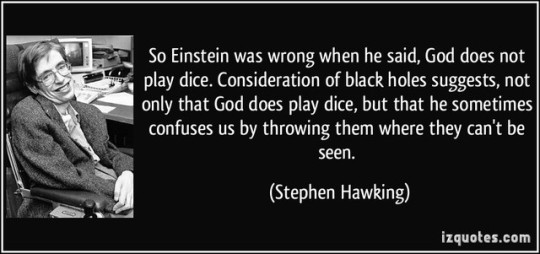
Stephen Hawking, who died today, devoted much of his life to research on black holes. These materials will help you understand his legacy better: 1. Hawking Radiation http://serious-science.org/hawking-radiation-5978 2. Black Holes http://serious-science.org/black-holes-5985 3. Supermassive black holes in galaxies http://serious-science.org/supermassive-black-holes-in-galaxies-4337 4. A closer look at black holes http://serious-science.org/a-closer-look-at-black-holes-2-2932 5. Black hole information paradox http://serious-science.org/new-look-at-the-black-hole-information-paradox-3301
1 note
·
View note
Photo
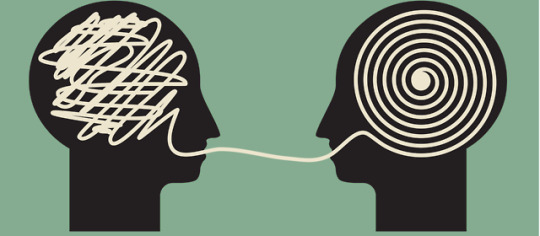
How does language acquisition change our brains? http://serious-science.org/brain-language-research-8859
2 notes
·
View notes
Photo
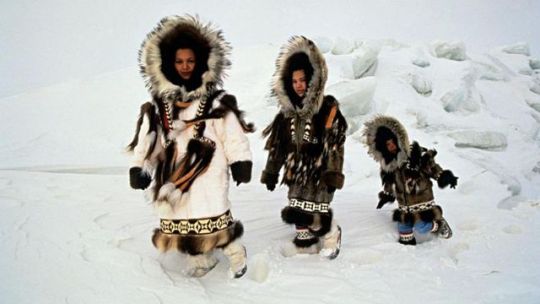
"There is a widespread misconception that Eskimo languages have a huge number of words for “snow”. There are in fact only about 4 or 5 stems which uniquely mean “snow”: snow on the ground, snow in the air, blizzard, etc. But there are also many extensions derived by attaching affixes to simple stems. The same applies to words for ice. More esoteric items, like Greenlandic tuaq meaning “new ice formed in crack in old ice” will still be known by hunters in the hunting districts, but not so much by younger speakers in the towns". http://serious-science.org/eskimo-aleut-languages-8887
2 notes
·
View notes
Photo
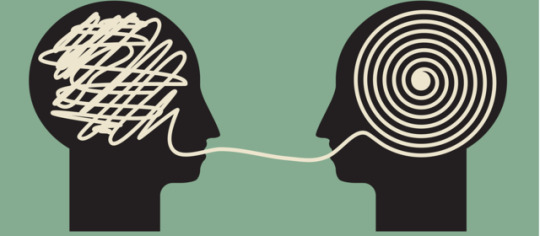
NEW How does language acquisition change our brains? http://serious-science.org/brain-language-research-8859
0 notes
Photo
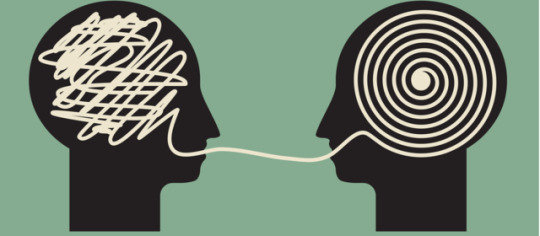
NEW How does language acquisition change our brains? http://serious-science.org/brain-language-research-8859
0 notes
Photo
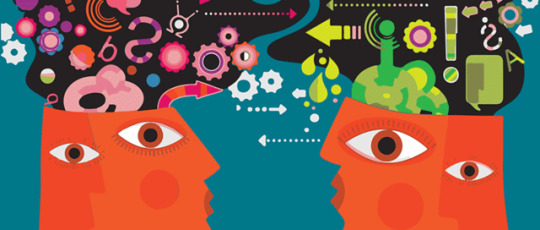
Why do native speakers use sentences that are grammatically wrong? http://serious-science.org/experimental-linguistics-1418
0 notes
Photo
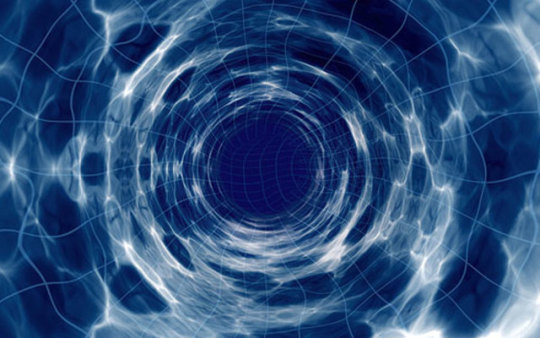
Why are space and time relative notions? http://serious-science.org/spacetime-symmetry-and-einsteins-relativity-8852
0 notes
Photo

Dyslexia is a very strange condition. It means inability to learn to read. And you might think: surely that could be explained by not having the right home environment, not having the right teacher, not having the right school or maybe being really very stupid. But none of these applies. There is really a condition that means that you cannot learn to read as well, as quickly, as you can learn to do all other things. So, it’s a very specific kind of difficulty, a problem, and what people have always been suspicious about is – why should it have to do with reading, I mean, reading after all has been invented only about three thousand years ago and mass literacy has not been around for more than possibly a hundred years. Even now, there are many people who are not literate, so how can there be a condition based on an ability that must be based in the brain that, you know, has to do just with the reading. http://serious-science.org/dyslexia-8801
0 notes
Photo

"We’ve known about migraine since the time of the Egyptians and the Greeks. The Egyptians treated it by tying baby alligators to people’s heads". http://serious-science.org/migraine-8799
0 notes
Photo
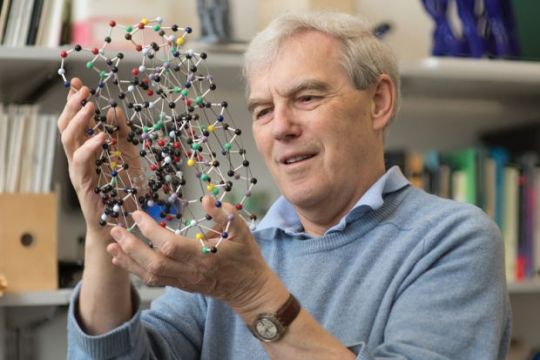
Congratulations to our author Richard Henderson on receiving a Nobel Prize in chemistry! Here are a couple of the interviews that we filmed with him: http://serious-science.org/author/henderson
0 notes
Photo

What is Symmetry? http://serious-science.org/what-is-symmetry-8750
2 notes
·
View notes
Photo

What effect do volcanoes have on climate change? http://serious-science.org/radiative-forcing-of-climate-change-8723
0 notes
Photo
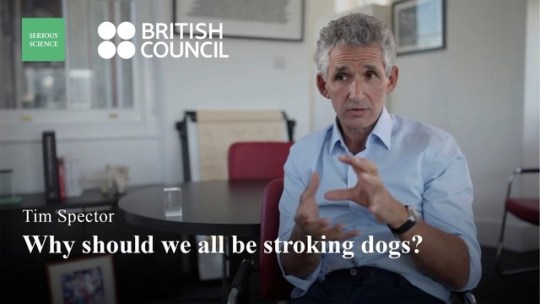
Some people think that being too clean is bad for our health. Here is why: http://serious-science.org/microbiome-8702
0 notes
Photo

"What’s really interesting underneath that is: if you ask about development, it turns out there’s a linear increase in the heritability of intelligence from infancy to childhood, to adolescence, to adulthood. Infancy – 20%, childhood, adolescence – 40%, adulthood 60%, later in life – 80%". http://serious-science.org/genetics-and-intelligence-8693
0 notes
Photo
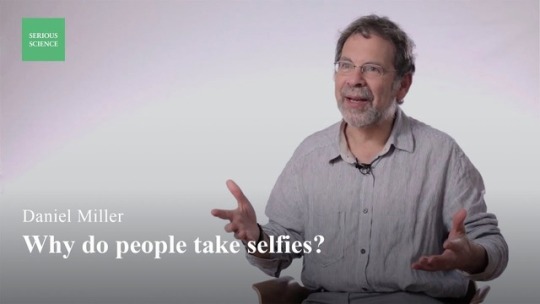
"There are incredible differences between these nine sights with regard to almost any topic you like. To give the one the journalist always kind of asked me about, they say: “Oh, well, you know everybody now takes selfies”, which a) means, they think, that they’re selfish, young people are narcissistic; and b) they think “well, that’s a global homogenization, because everyone is taking selfies”. First point I make is “no”. Actually in the schools, for example what I worked in Britain, five times as many people post selfies, where they put their arm around their friends to show they’re all good friends together, not individualistic. So that notion of selfie as selfish doesn’t work. And secondly, they post for very different reasons. In our Italian sight, they actually try to be stylish in an Italian way. They asked the hairdresser what is the right Italian style to have before I make my selfie, whereas in Trinidad they are incredibly individualistic, you would never want to pose a selfie that looks like somebody else". http://serious-science.org/digital-anthropology-8688
0 notes
Photo
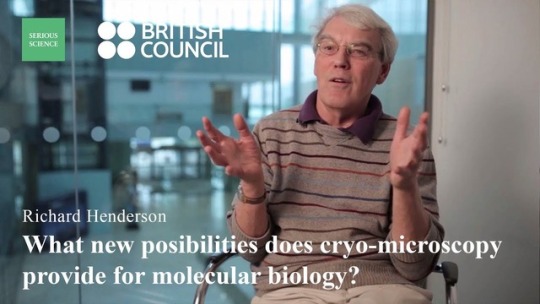
Now single-particle electron cryomicroscopy is very successful. There are now many structures from very large viruses (hundreds of megadaltons) down to small subcellular assemblies like the ribosome or the spliceosome; molecular machines that are underlying all the processes of life to proteins that are in membranes that transport, for example, the ATPase molecules that synthesize all the ATP right down to small enzymes or receptors that are involved in generation and the conversion of normal cells to cancer cells and so on. There are people using these tools to get analytical data on important biological processes that can affect human health, for example. I think, the single-particle electron cryomicroscopy is now adding to the power of the other methods in structural biology and in biology generally. http://serious-science.org/single-particle-electron-microscopy-8637
0 notes
Photo
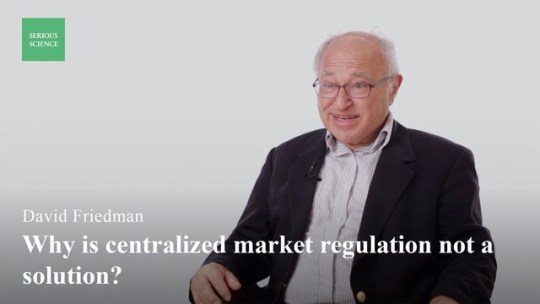
"Price theory is the explanation of how that very complicated independent system works to allow a complicated system to function with nobody in charge. I was told a story of someone who talked to someone from China who was visiting America. The part of the Chinese government that was the Ministry of material supply – they were the ones who were responsible for making sure that the people who made steel got enough iron ore, and the people who made houses got enough wood or whatever. He asked the American, he said to the American: “I want to talk to my opposite number. I want to talk to you. Who in America makes sure that all of these things are done?”. And the answer was either there is no such person, or everybody. Because in the decentralized system there is nobody, who has that job. And yet in a sense that job is being done by everybody, in the sense that it turns out that there is not enough wood and the price of wood goes up, you were thinking of doing something with wood and you decide to do it with clay, or if you’re an artist, or with steel, if you’re building buildings, whatever you’re doing, instead. So, in a sense everybody is reacting to everybody, everybody is implicitly taking into account everybody else’s wants and abilities as signalled to them by prices" http://serious-science.org/price-theory-8629
0 notes